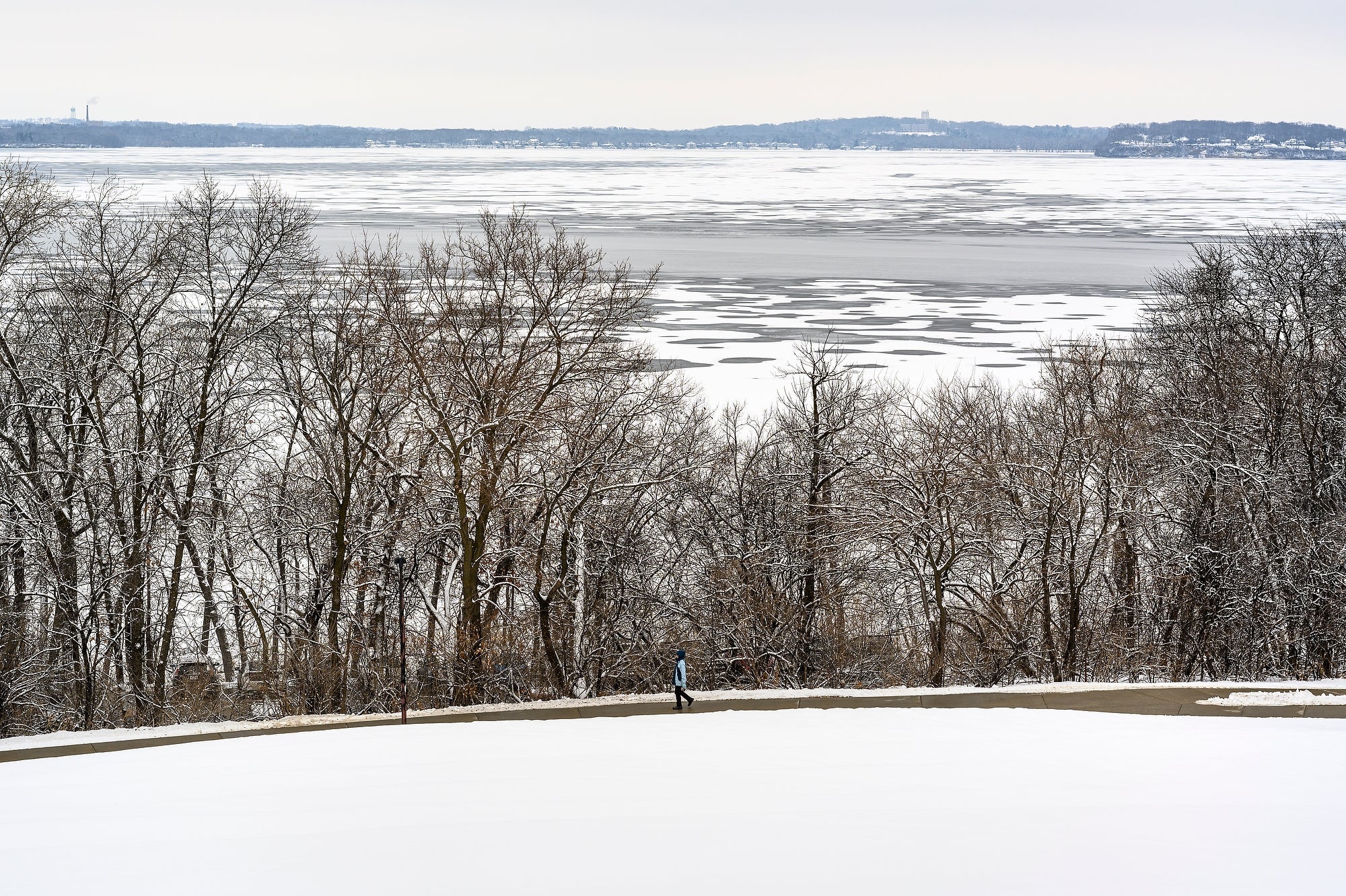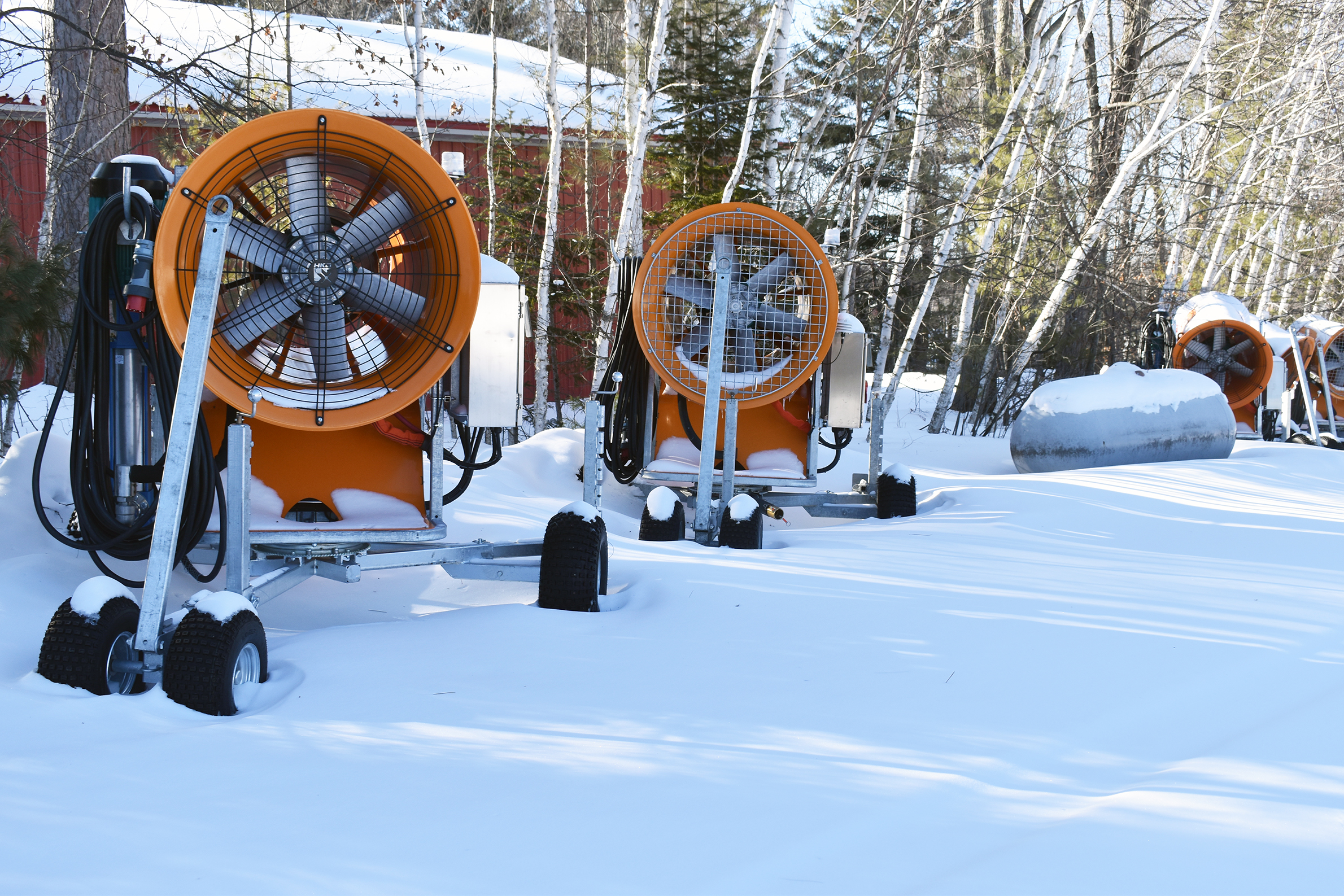Larry Meiller finds out what steps to take to make your kitchen project successful and to keep it within your budget.
Featured in this Show
-
Quick Thaws Can Mean Leaks In The House
This time of year, temperatures can change from below freezing to 50s or higher in just a matter of days. That might be a welcome change, but a quick thaw can also cause leaks and flooding.
“This time of year the weather plays a big role in the sort of problems we might see in a home,” said Chad Speight, owner of Chad’s Design Build in Madison.
So far this year, according to Speight, the transition from winter to spring has been good from a home care standpoint.
“We didn’t have particularly heavy snow this year, and we haven’t had the heavy rains yet that we might have when the ground is still frozen or thawing. So fortunately, the snow is melting slowly and it’s pretty ideal conditions,” Speight said.
But that could change later this season, and next year might be a very different story.
“There’s the potential with a sudden heavy rain or with a more rapid melt to start to see some water in our homes,” Speight said.
One way that water can enter a home is through cracks in basement walls, Speight explained. Window wells are also a common culprit for allowing water to make its way inside.
Speight said that the best overall advice for keeping water out of a home is to try and keep it away from the foundation. But that doesn’t necessarily mean looking down for trouble spots.
“You always want to look up first, to the roof. Start there, and try to move water away from the building to minimize the pressure on the foundation,” Speight said.
Speight said it’s not too early to take stock of where water problems might occur. He said to check that downspouts are unobstructed and that they are diverting the water to a location far enough away from the foundation. He added that ideally, it is being diverted to lower ground for an extra measure of protection.
“Get it over high ground so the water’s not just going to come back and seep into the foundation,” Speight said.
Taking advantage of gravity is especially important because the foundation is conducting warmth from the home, which means that the ground directly surrounding the house will thaw faster, Speight said. That makes the risk of water being drawn towards the foundation even greater.
Homes can have a variety of materials next to the foundation, from dirt to a deck to a patio. Speight said that none of them are necessarily better or worse. Instead, he said, what matters is where they are in relation to the siding.
“No matter what material is at the edge of a home, ideally, we want the siding to be 8 inches above where the grade begins. And then you want a gentle slope away from the home from that point out,” Speight said.
The aesthetics might not be what some homeowners are hoping for, but Speight feels strongly that it’s the best choice.
“It means that you’re going to have a little bit of the foundation exposed, typically, and you’re often going to be a couple of steps down from the floor. But that’s what helps to avoid those problems with the exterior walls from getting wet,” Speight said.
Episode Credits
- Larry Meiller Host
- Judith Siers-Poisson Producer
- Chad Speight Guest
- Chuck Weidenbach Guest
Wisconsin Public Radio, © Copyright 2024, Board of Regents of the University of Wisconsin System and Wisconsin Educational Communications Board.




